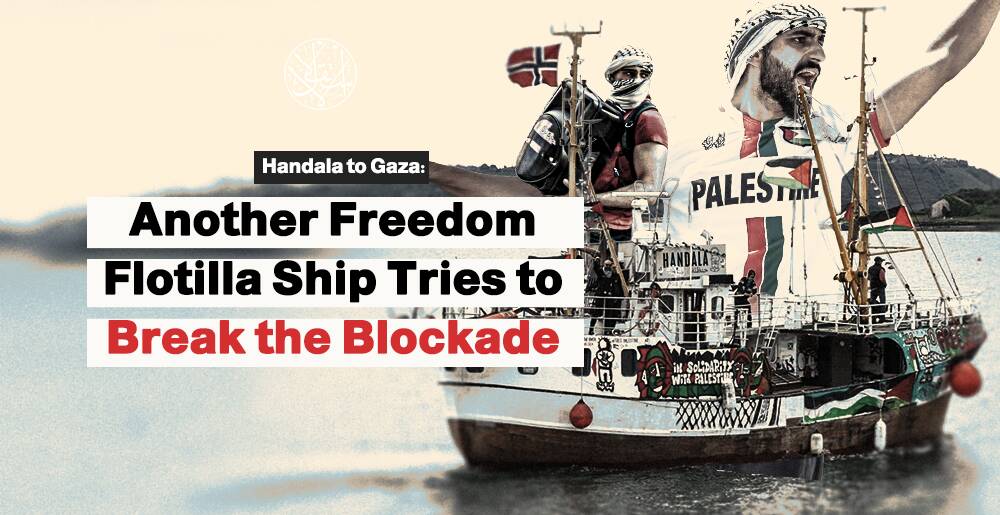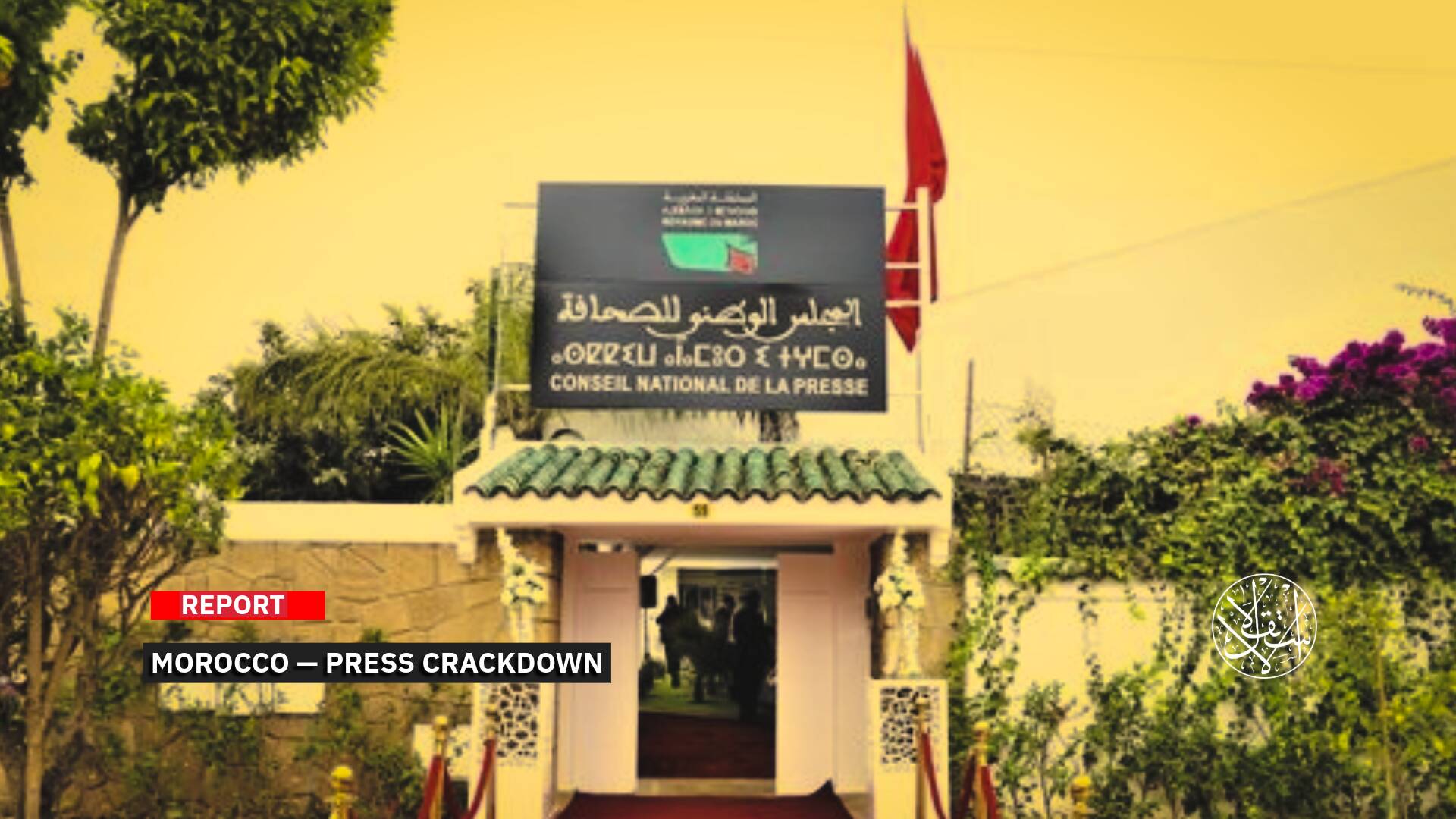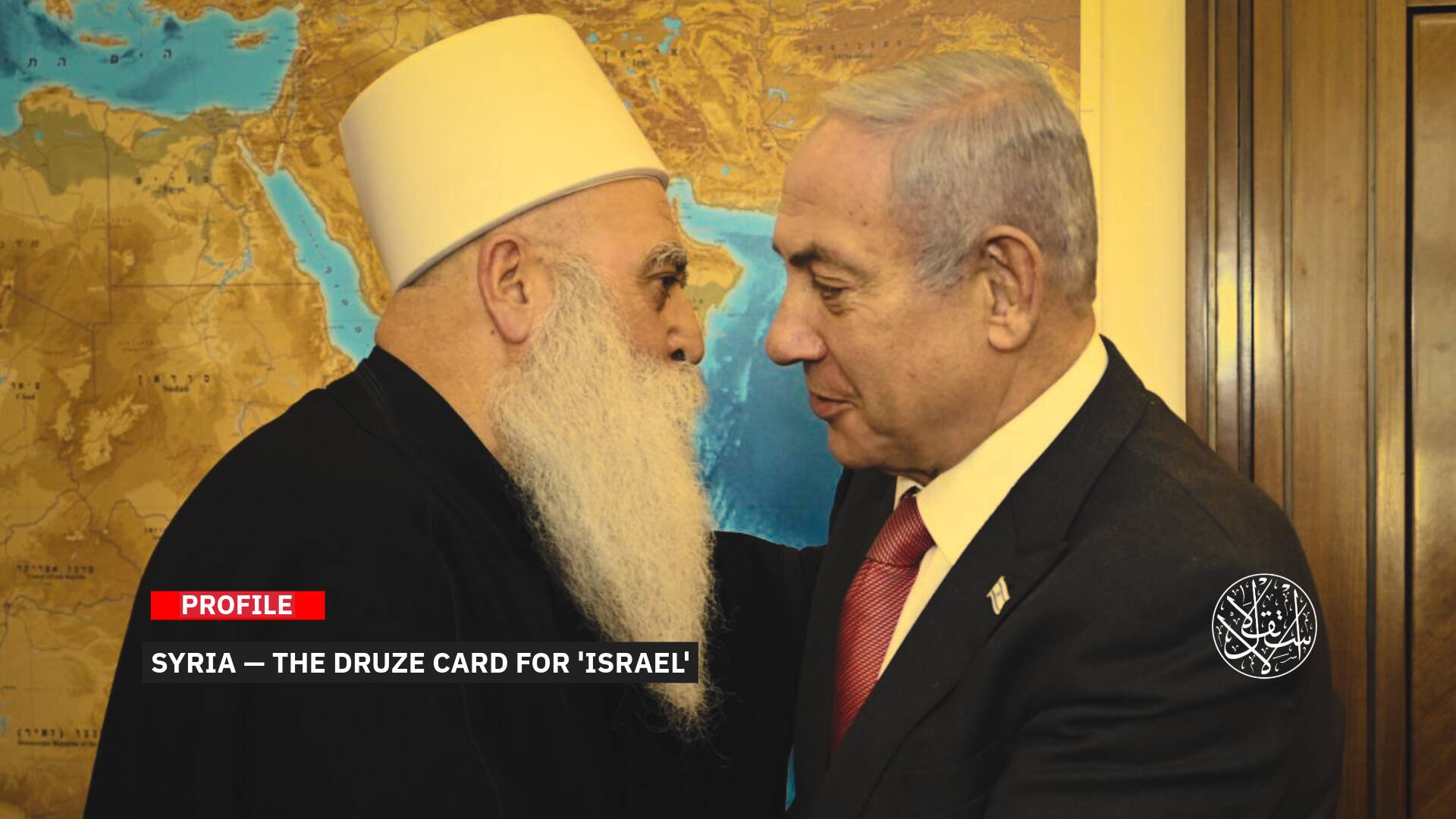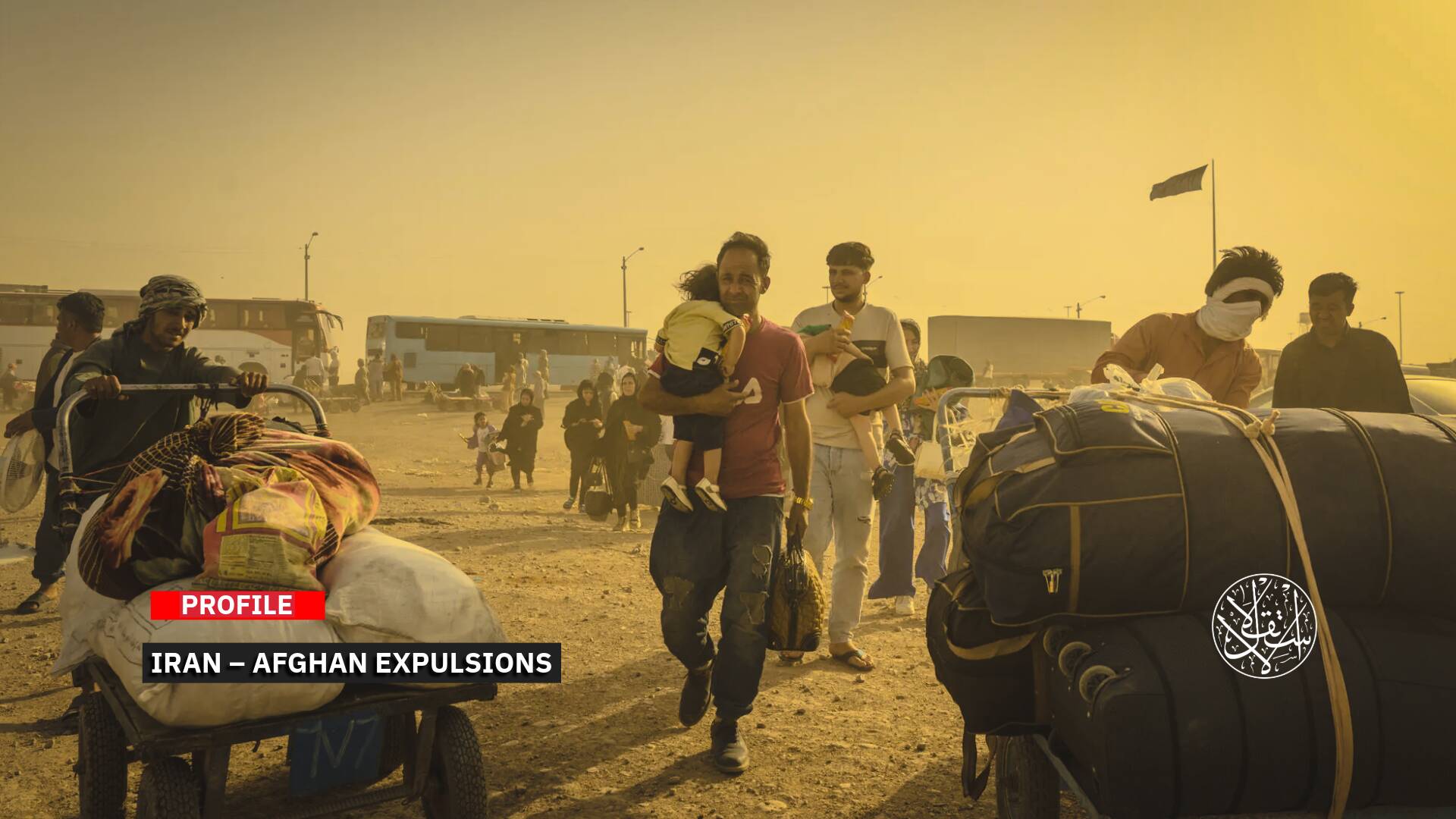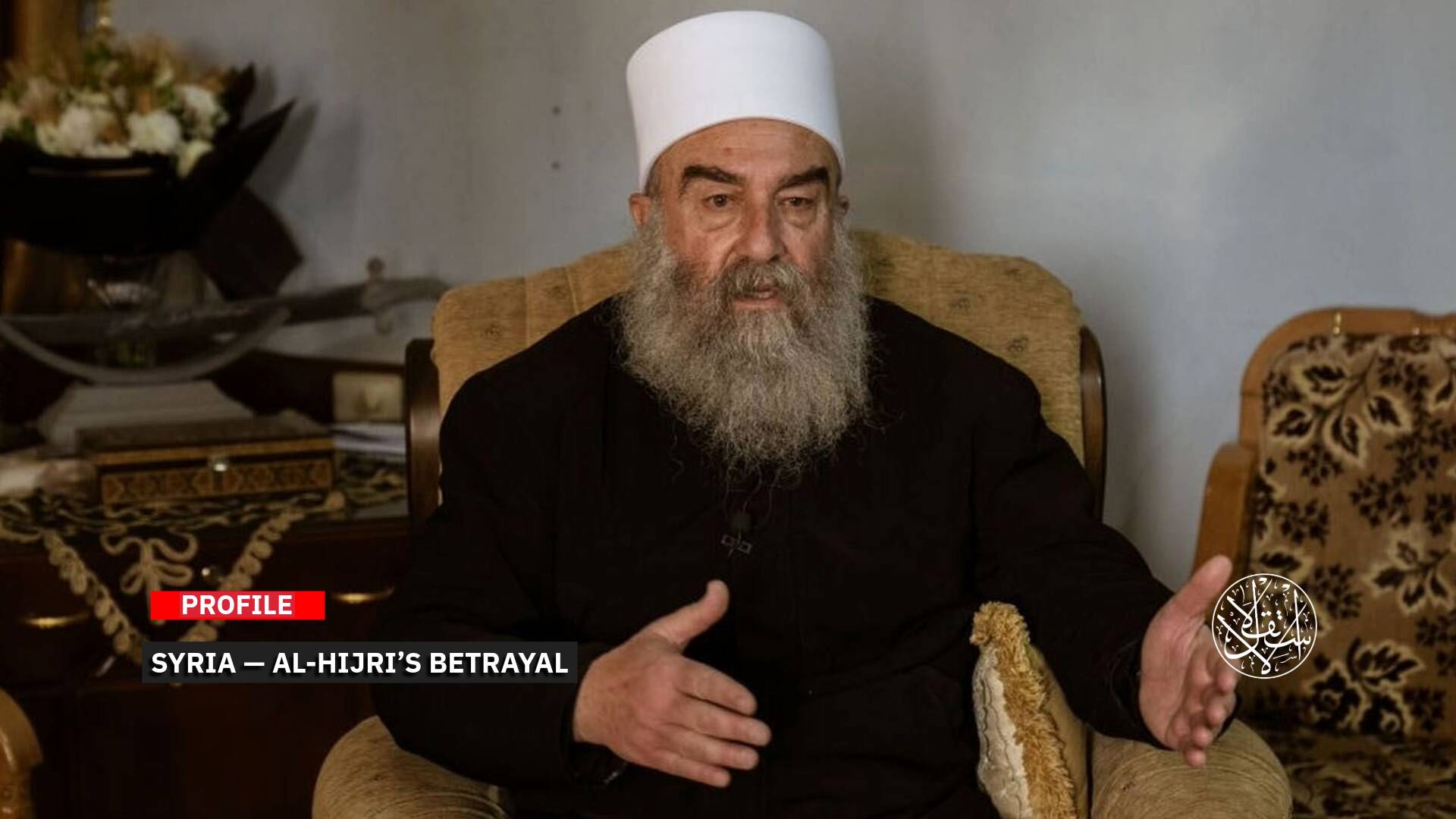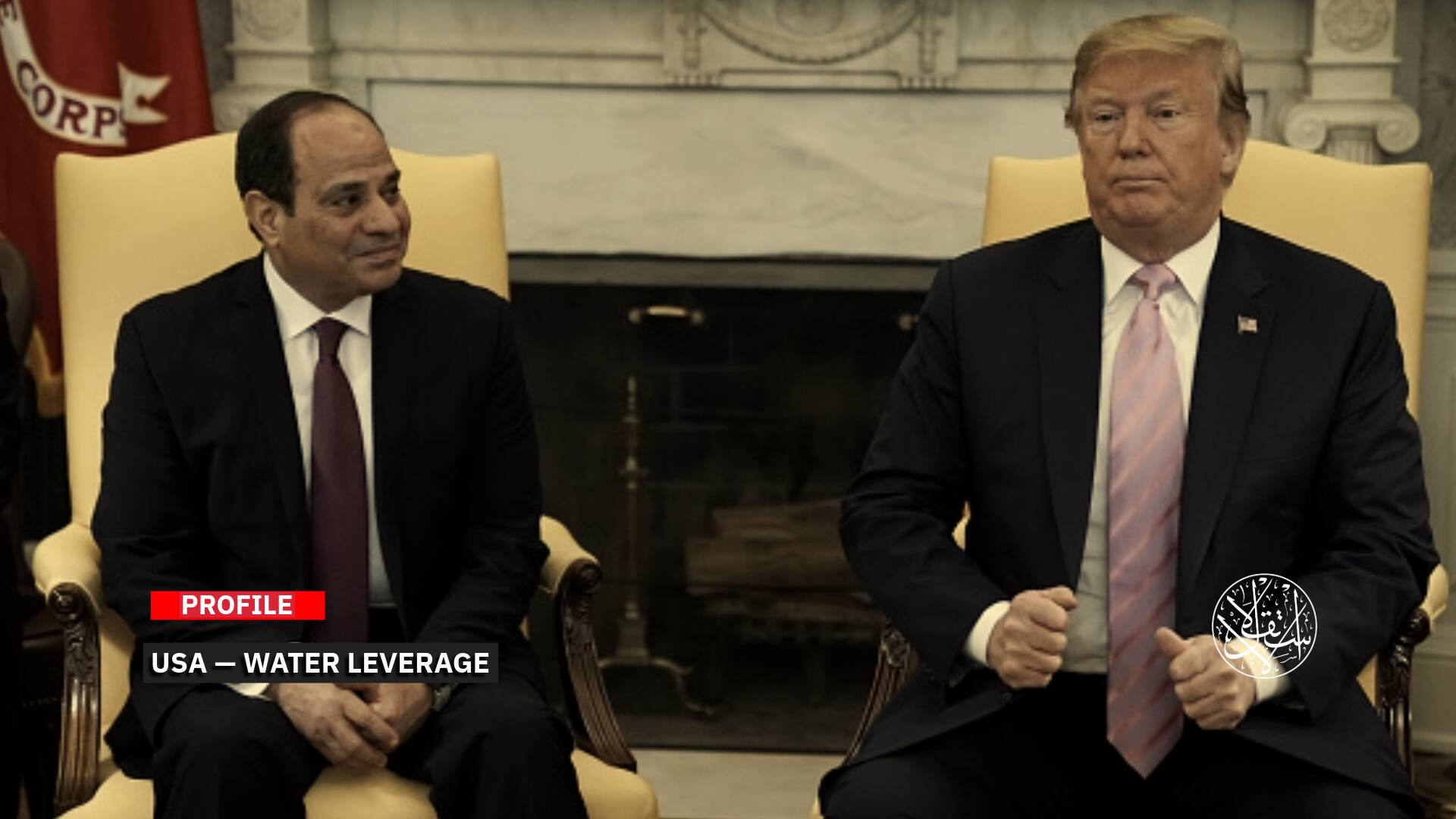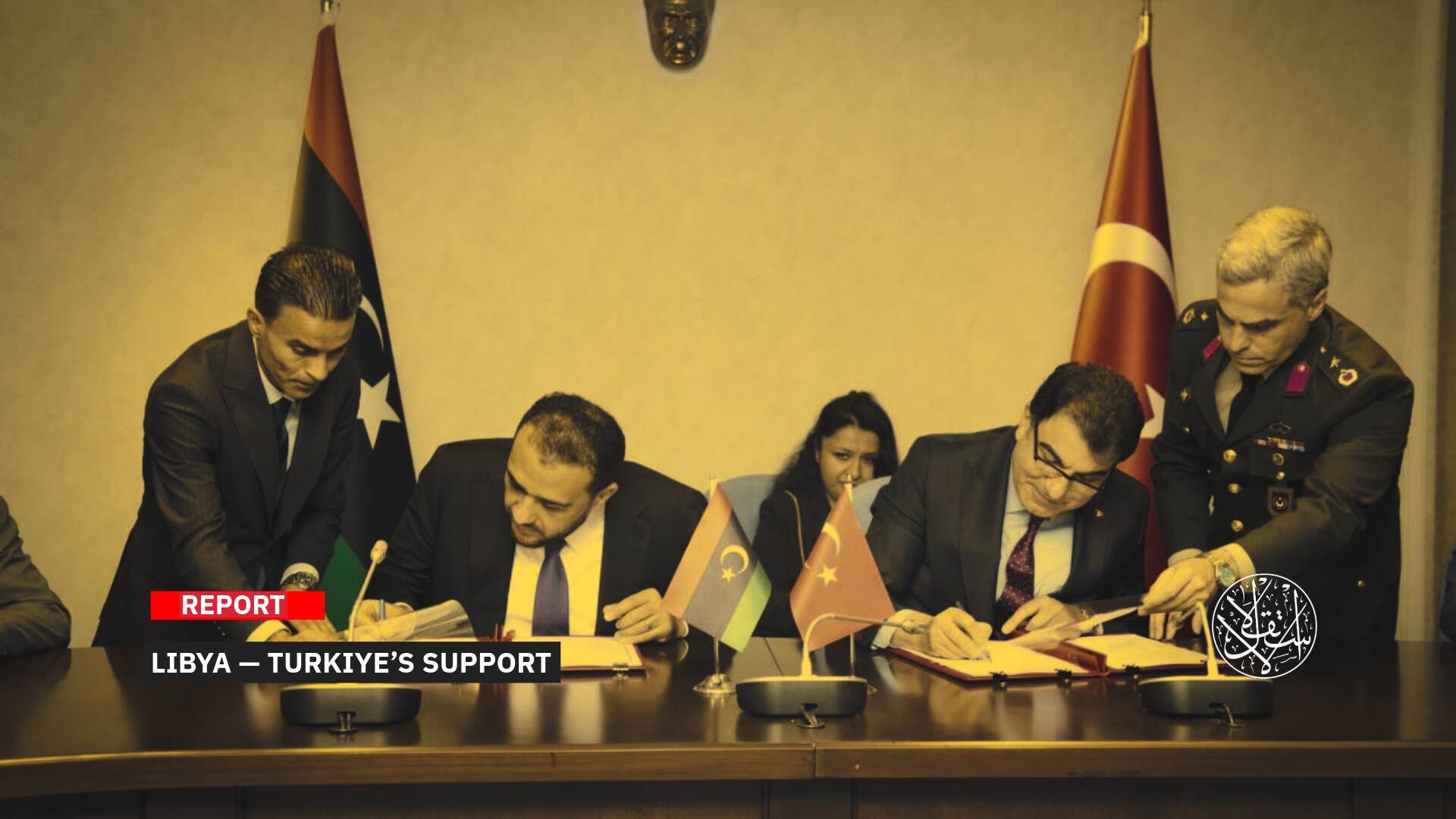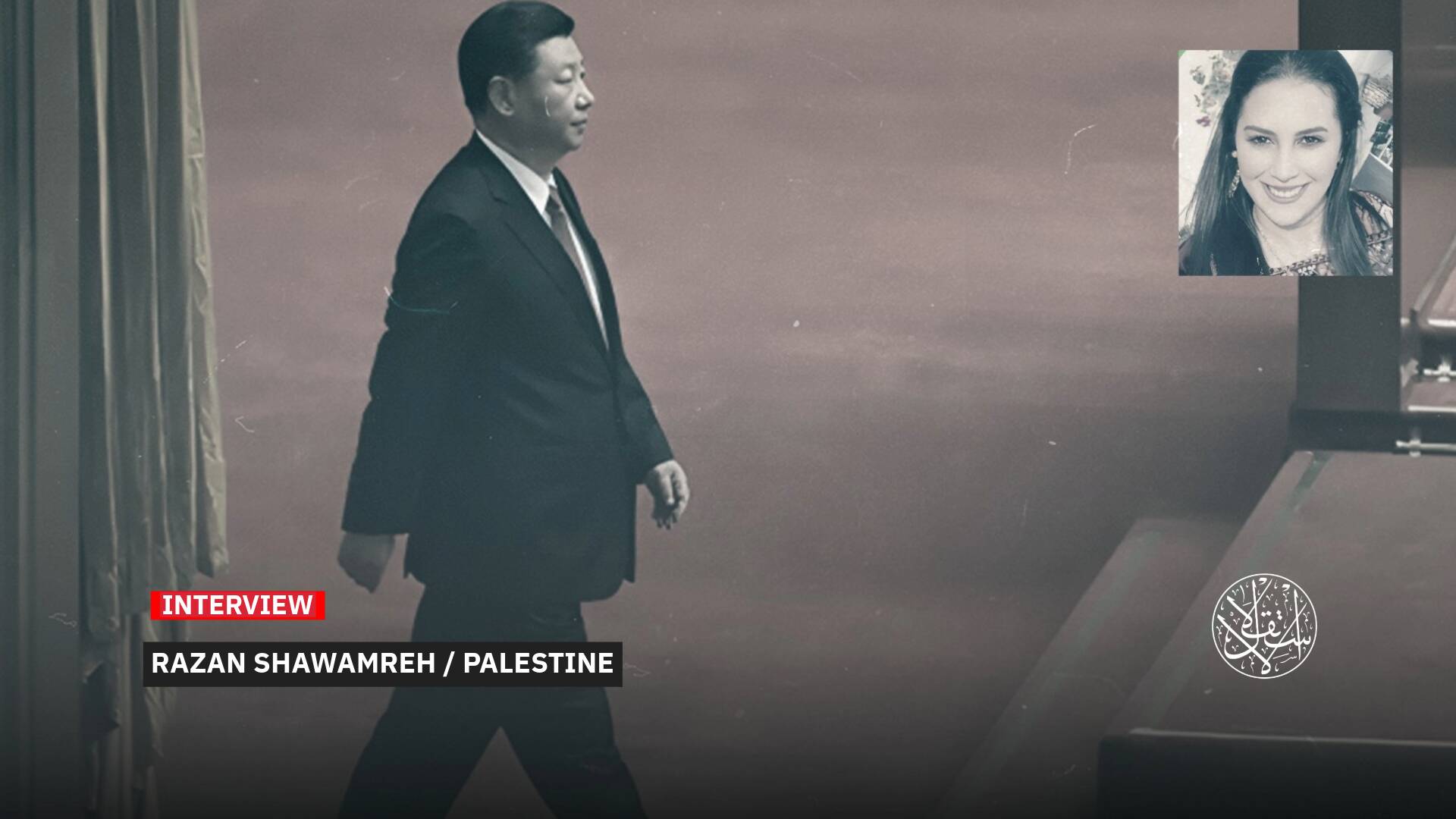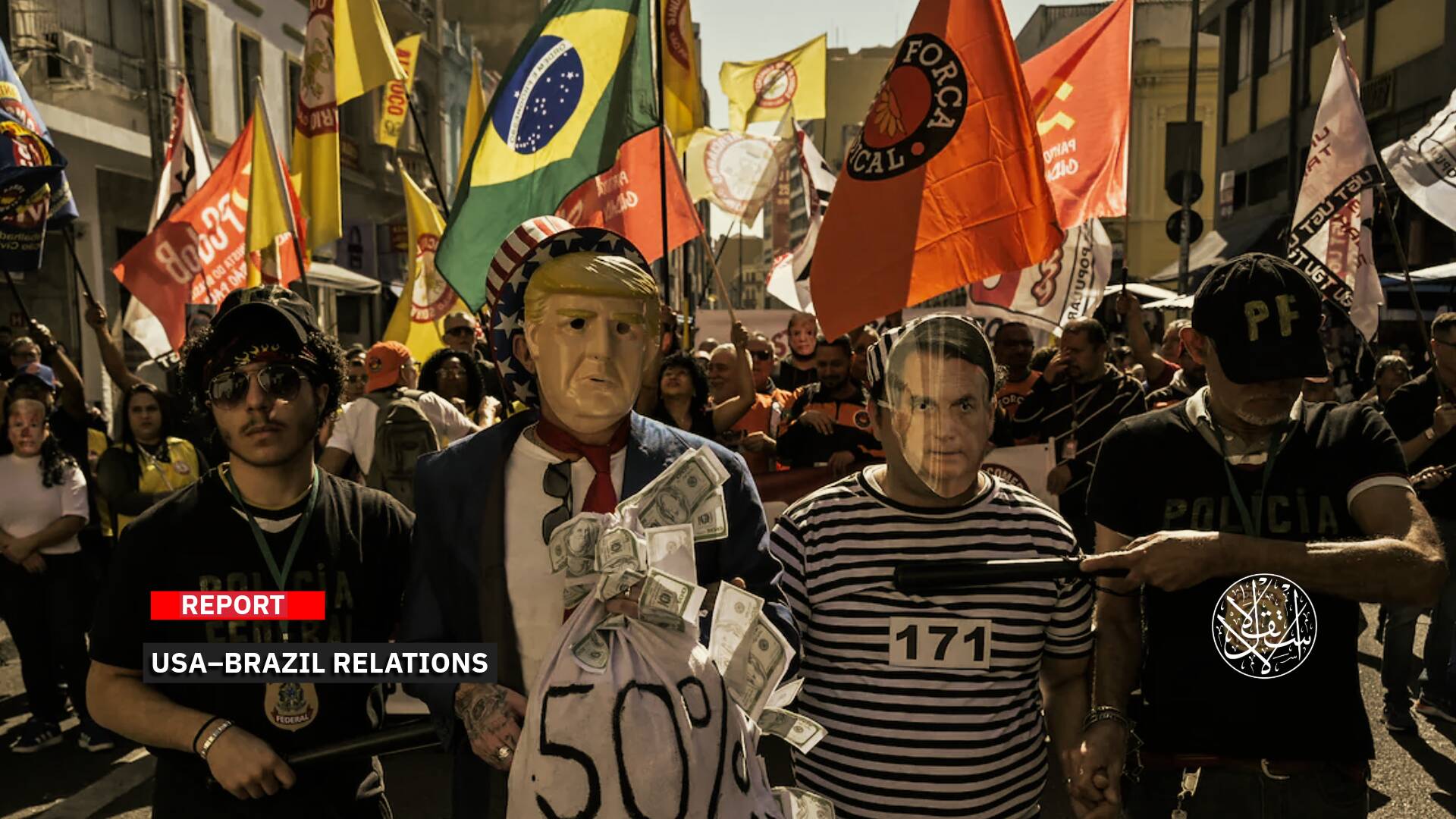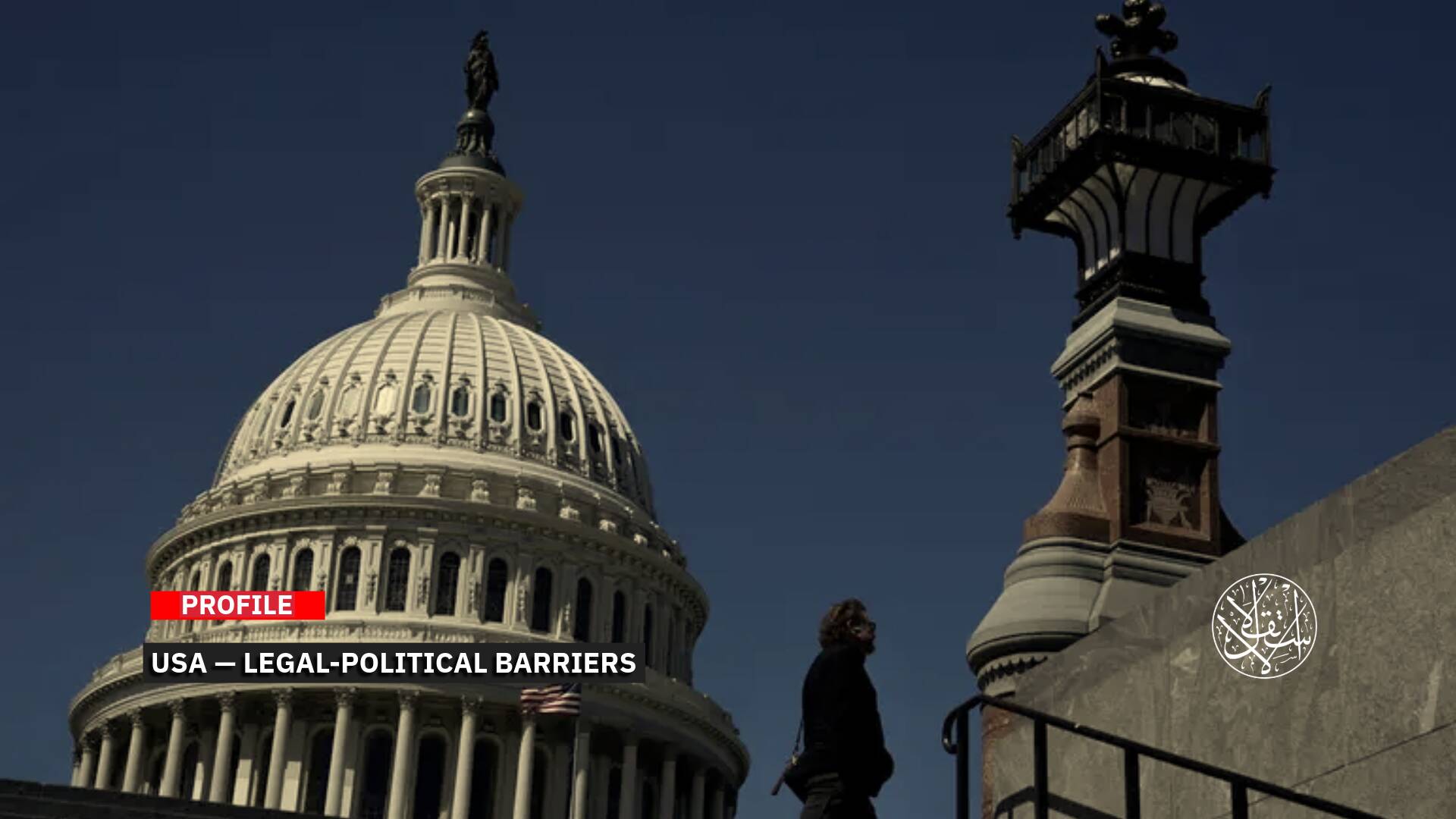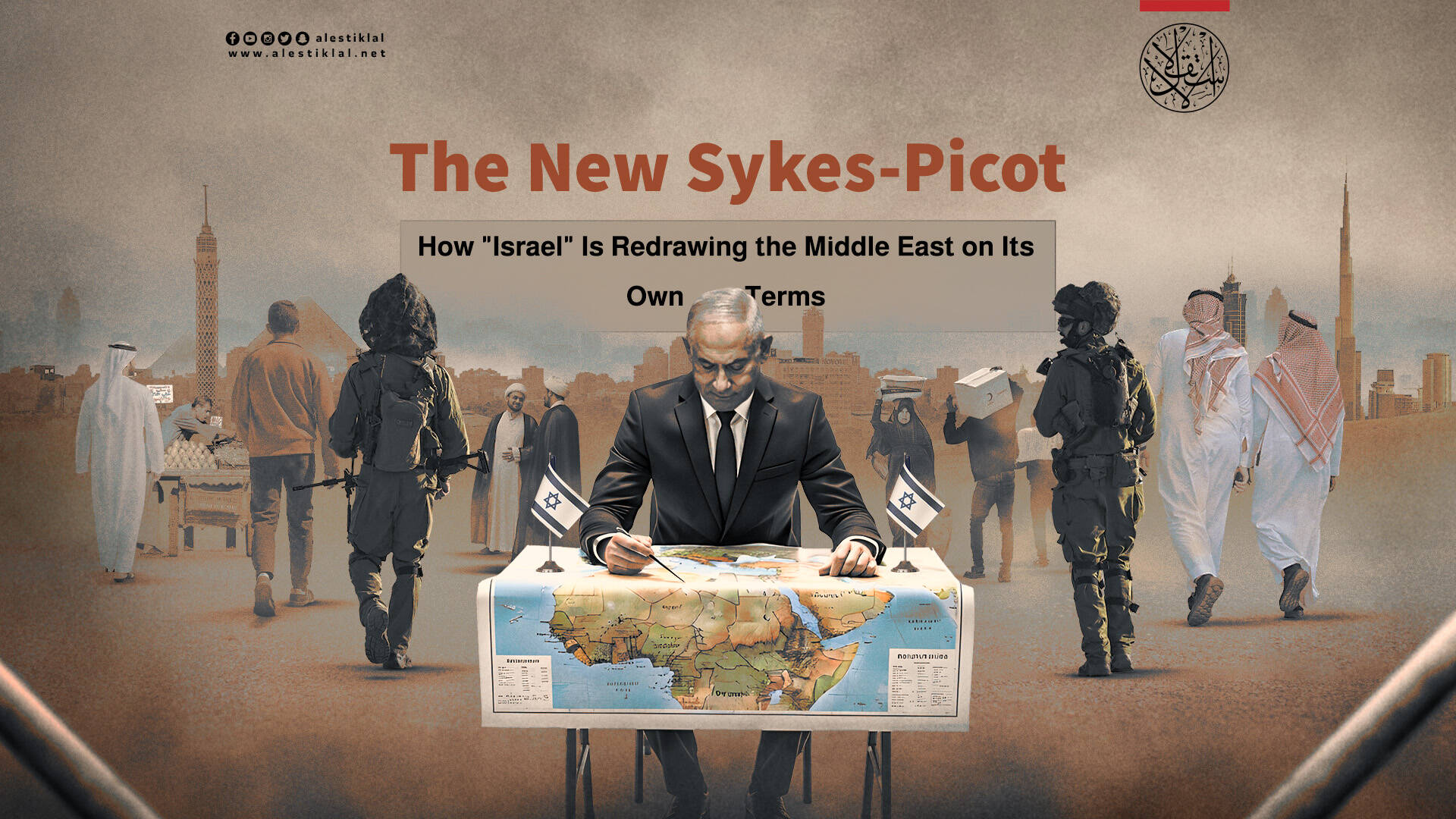26 years After the Massacre, Why Didn't the Netherlands Apologize for its Support for the Serbs in Srebrenica?

Although 26 years have passed since the most heinous massacre in Europe took place, the Netherlands continues to deny its responsibility alongside Serb forces for the killing of thousands of Muslims in the Bosnian city of Srebrenica in 1995.
The families of the victims of the Srebrenica massacre on July 11, 2021, as usual every year, marked the 26th anniversary of the loss of more than 8,000 Bosnian Muslims killed by Serb forces in 1995, with the complicity of Dutch forces.
In 1995, Serb forces entered the town of Srebrenica in the Republic of Bosnia and Herzegovina and committed the most heinous mass massacre, despite the city's declaration of a safe area by the United Nations resolution, which placed it under the protection of Dutch forces.
The United Nations described the massacre by the Scorpions battalion, led by war criminal Ratko Mladic, as "the worst crime committed on European soil since World War II in 1945."
However, the United Nations did not prosecute the forces of the Dutch army for facilitating the massacre, forcing those who had taken refuge in their military base to protect them from being killed to leave, to meet their fate, as well as the participation of Dutch officers and soldiers in the same killings.

Questioning the Minister of Defence
On that painful anniversary, two Dutch-British journalists invited the editor of al-Estiklal to contact the Dutch Defence Minister for questioning about the massacre.
Because accountability for officials is available to a journalist in Europe, unlike the Arab world, the question for Dutch Minister Jan Gmelich Meijling was: Why didn't you defend the Muslims who were in your protection and leave them to kill?
The Dutch minister was affiliated with the far-right anti-Muslim People's Party for Freedom founded by the extremist Khairat Wilders, the author of the anti-Muslim film “Fitna”.
We tried to reach Meijling at the time, or get permission from his ministry about their complicity in the crime, but his office refused to respond, arguing that the minister was waiting to know the details of what had happened.

A Dutch source told "al-Estiklal" at the time that investigations were being conducted at the Ministry of Defense to hold the Dutchbat commander accountable, but it remained confidential, and neither the battalion nor the Dutch army were formally charged.
Seven years after the massacre, Dutch Prime Minister Vim Kok resigned his government following an official report issued on April 10, 2002, criticizing the Dutch government's performance during the Bosnian war.
The report blamed Dutch politicians and senior military leaders for the failure of the Dutch UN peacekeeping unit to prevent the Srebrenica massacre during the war.
The outgoing Dutch government sought to justify its failure to protect Muslim refugees, saying that "its forces were small in number, weakly armed, and on an impossible mission."
On June 8, 2021, the International Criminal Court (ICC) approved a final life sentence for Serb army commander Ratko Mladic, the "Butcher of Bosnia,"" for genocide and war crimes between 1992 and 1995.
Mladic and Karemens
When the massacre began, the Dutch force let the Serbs enter Srebrenica and kill Muslims, and when hundreds of refugees fled the Dutchbat headquarters to escape the slaughter, they handed them over to the Serbs, according to testimonies of some survivors of the massacres.
Western newspapers then published a picture of the commander of Dutch forces in Srebrenica, Tom Karremans, standing in front of Serbian war criminal Ratko Mladic after his occupation of Srebrenica on July 11, 1995.
Mladic, then interrogated Karremans, for his forces shooting at Serb soldiers, and the Dutch commander apologized to him, telling him that he was "just a humble pianist who plays a role created for him by others," Foreign Policy reported March 28, 2012.
Karremans then provided cigarettes and wine glasses to Mladic, and together they took pictures of them lifting wine glasses on the bodies of Muslims.
The Mladic and Karremans families even exchanged gifts, before Dutch troops left Srebrenica, scenes that are present in the minds of the people of Bosnia and Herzegovina to date.
Karremans was never tried for what happened, but a Dutch court held her government "partially" responsible for what happened.

Mothers of Srebrenica
Families of Bosnian families seek to sue the Netherlands and its army before the Hague courts, accusing the Dutch army of being responsible for killing Muslims like Serbs.
The first verdict was handed down on the 19th anniversary of the massacre on 16 July 2014, when a Dutch court held Amsterdam responsible for the killing of only about 350 Bosnian Muslims in the town of Srebrenica.
The court said that the Dutch peacekeeping battalion "did not carry out enough tasks to protect the Bosnians, and should have been aware of the possibility of genocide".
Judge Gibke Dolik Schermers confirmed that Dutch soldiers "knew that these Muslims (who were expelled from the army base after resorting to it) faced a real risk of torture or execution".

"If the Dutchbat had allowed them to remain in the compound, these men would have been alive, but with the battalion's cooperation in handing over these Muslims to the Serbs, the Dutchbat would have performed its work illegally," she said.
However, the court acquitted the Netherlands as a country of killing more than 7,000 other Muslims in and around Srebrenica.
The Dutch government appealed, and a court in The Hague upheld the verdict for the second time on June 27, 2017, blaming the Netherlands for the deaths of some 350 Muslims by Bosnian Serb forces.
Despite Amsterdam’s ruling on responsibility and confirmation on appeal, the Dutch Supreme Court in July 2019 reduced the responsibility of Dutch soldiers in the Srebrenica massacre from 30 percent to 10 percent.
The purpose appeared to have been to reduce the amount of compensation the Netherlands had been obliged to pay to the families of the victims, according to some estimates.
The Srebrenica Mothers' Association objected to the Decision of the Dutch Judiciary at the European Court of Human Rights.
Association President Munira Subasic said in January 2020 that the victims' mothers were "not satisfied with the decision of the Dutch Supreme Court".
"Dutch soldiers serving in the UN forces handed over Bosnian civilians to the killers," she said.
"But the Netherlands and its army remained far from being punished, and only compensated some of the few Bosnian families," she said.
Schindler Muslim List
In interviews with Balkan Transitional Justice on August 8, 2019, with some Dutch veterans who attended the Srebrenica massacre, some spoke of what the Serbs had done along the lines of the Jewish Schindler's List.
In his testimony, Dutch soldier Anne Mulder said Serb soldiers were classifying Muslims and separating women and children from men in the style of the Schindler's List.
"What was going on was like the Jewish Schindler List, where the mothers, children and the elderly were separated in front of me from about 240 men, some of my colleagues tried to protect them by going with the buses, but as soon as they were out of sight, we heard gunshots.
"I didn't know the men were arrested for killing them, I couldn't even imagine it, how did they kill 8,000 men? Why didn't they take them prisoners of war instead of systematic killing of this magnitude?" The Dutch soldier wondered.
He spoke of "chaos created by the Dutch Ministry of Defence" and "mistakes made in such a short time", and confirmed that some of his colleagues had taken pictures of "atrocities", but disappeared, stressing: "It seems that we had something to hide".
"Everyone says we helped with the genocide because we helped them separate men from their families, but I personally didn't choose to do so," his colleague Remco de Bruyne also spoke about Schindler's list.
He confirmed that his Dutch commander, Colonel Thomas Kariman, had agreed with Serb army commander Mladic to remove Muslim refugees from our base, and "helped us get on buses, at which point the Serbs were separating the men from the boys".
"They took everyone from the age of 10 onwards to question them, that's what they told us, I didn't believe them but there was nothing we could do because we were fewer."
The "Schindler's List" is intended to seek German businessman Oscar Schindler to protect some Jewish and Polish refugees from Nazi oppression at the time, and more than 1,000 Jews were rescued by hiding them in his factories at the time of the Holocaust.

They Participated in the Murder
Not only did Dutch officers and soldiers participate in the extradition of Serb war criminals by Serb Muslims, but more serious information was revealed about their role in participating in the killing of Muslims during the massacre.
The Dutch Defence Minister was forced to conduct two separate investigations into the involvement of soldiers and officers of the Dutch military unit (known as the Blue Helmets) in the massacre, following international pressure.
Reports in the Bosnian press monitored by the Egyptian News Agency at the time confirmed that these soldiers, who were working as part of the UN peacekeeping forces in Bosnia, had assisted Serb forces in carrying out these massacres."
In an interview with Dutch television, a Dutch officer who worked in the unit admitted that his colleagues had assisted Serb forces.
The two investigations ordered by the Dutch Defense Minister relate to the destruction of a television documentary about the involvement of the Dutch in the massacre by former defence ministry officials.
The second was that a Dutch tank killed some 30 Muslims in Srebrenica, who gathered around it for protection from Serb forces, but its commander tried to escape, causing casualties under its tracks.
Dutch officer Ron Ritten, who participated in his country's forces working in the Srebrenica region, handed over the documentary to Dutch television, which he broadcast after the Ministry of Defence intervened, deleted scenes of dutch officers' involvement in the massacre and then destroyed them.
Constant Effects
26 years after the massacre, its effects continue to this day, as Bosnian authorities work throughout the year to exhume the bodies and remains of the victims from mass graves, verify their identity and then bury them in a popular ceremony.
The relatives of the victims continue to exhume and reburial the remains of their relatives, who have reached their identities, at the Potocari cemetery of the town of Srebrenica.
According to Bosnian authorities, as of July 11, 2021, 6,671 victims had been buried in the cemetery.
The Srebrenica massacre began with Bosnian Serbs shelling from 6 to 8 July 1995, and the victims began fleeing their homes the following day.
On 10 July 1995, a large number of fleeing residents of the town gathered at Dutch military positions, which requested UN air support after the Bosnian Serbs shelled their positions.
On the day of the massacre on July 11, 1995, more than 20,000 refugees fled to a major Dutch base in the Potocari region, and Serbs threatened to kill the Dutch after Dutch fighters bombed F-16 aircraft at Serb positions.
On the same day, Bosnian Serb butcher Ratko Mladic entered Srebrenica and demanded that the Dutch hand over the Muslims.
On July 12, 1995, The Serbs began transporting Muslims in huge trucks numbering some 23,000 women and children for questioning and holding them in trucks and warehouses, and then mass graves began to appear.
On July 13, 1995, Dutch peacekeepers handed over some 5,000 Muslims sheltering at one of their bases to the Serbs in exchange for the release of 14 Dutch peacekeepers held by Bosnian Serbs, who were later found dead.
Dutch forces then allowed Serb soldiers to enter the base and verify the identities of civilians, then detained the men, killed them and buried them in mass graves.
After Srebrenica fell to the Serbs, some civilians refused asylum to Dutch troops and preferred to walk through the forest road to reach the Area controlled by the Bosnian army.
However, the fate of most of them was no different from that of those who took refuge in Dutch soldiers at the United Nations base, thousands of whom were killed by Serb soldiers as they crossed the jungle road, which became known as the "road of death".


